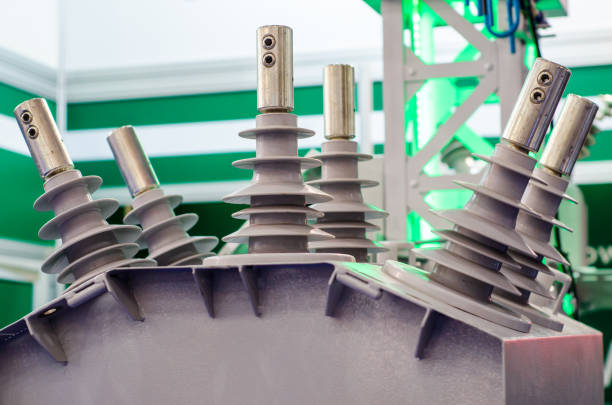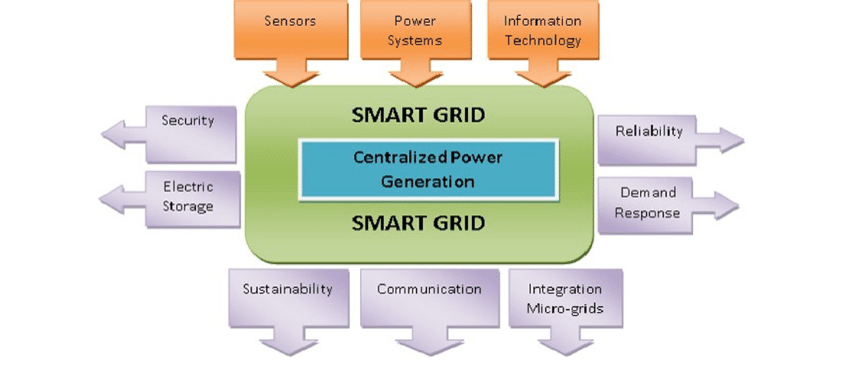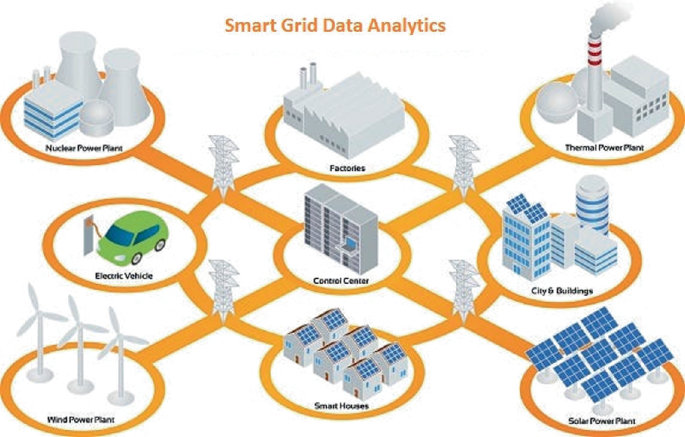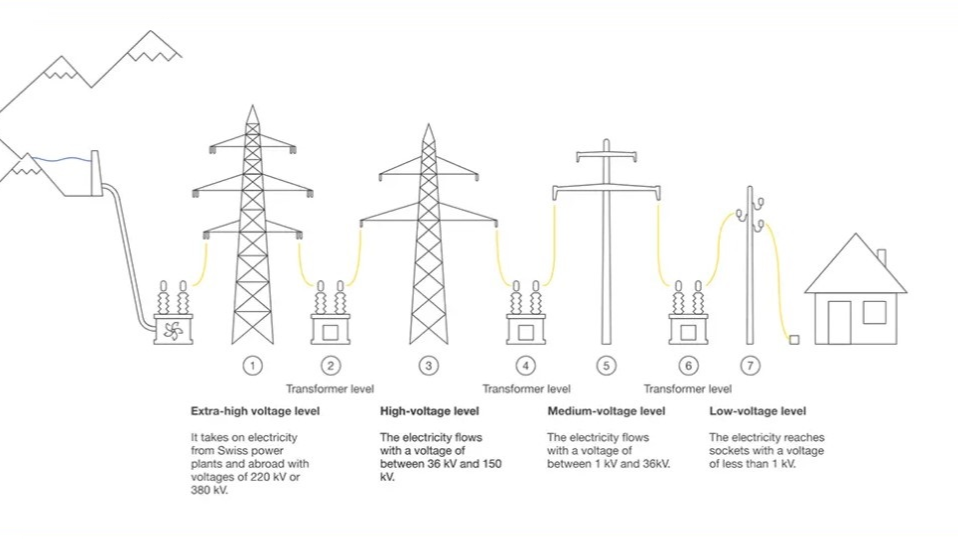Function of automatic reclosers
Advantages
- 1. Greatly improve power supply reliability and reduce outage frequency, especially effective for single-source power systems
- 2. Using reclosers on high-voltage lines can improve the stability of parallel operation in the power system
- 3. Can correct mistrips caused by breaker mechanical faults or protection misoperations
Disadvantages
- 1. Reclosing into a permanent fault may subject the power system to a secondary impact
- 2. Degrades breaker operating conditions
5.3.3 Single-phase adaptive reclosing
Conventional recloser drawback:
Conventional reclosers attempt reclosing regardless of fault type (permanent or transient). If the fault is permanent, reclosing operations may cause a secondary impact on the system and equipment.
Single-phase adaptive reclosing:
Decide whether to reclose based on fault type: reclose if the fault is transient; do not reclose if the fault is permanent.
The key to implementing adaptive reclosing is how to distinguish between permanent and transient faults.
Basic principles for implementing comprehensive automatic reclosing
For a single-phase-to-ground short circuit, trip the single phase first, then attempt single-phase reclose; if the reclose is unsuccessful, trip all three phases and do not attempt reclose again.
For phase-to-phase short circuits, trip all three phases first, then attempt three-phase reclose; if the reclose is unsuccessful, trip all three phases and do not attempt reclose.
When a phase-selection element refuses to operate, the system should be able to trip all three phases and perform a three-phase reclose.
Protections that may misoperate during non-full-phase operation should be reliably blocked. For phase-to-phase protections that may misoperate during single-phase-to-ground faults (such as distance protection), measures should be in place to prevent inadvertent tripping of all three phases.
If one phase has tripped and the recloser refuses to operate, to prevent prolonged non-full-phase operation the other two phases should be automatically disconnected.
Basic principles for implementing comprehensive automatic reclosing
If relays for separation of any two phases operate, they should also cause the third phase to trip so that the three-phase breaker opens.
Whether for single-phase or three-phase reclosing, if reclosing is unsuccessful, measures should be considered to accelerate clearing of all three phases, i.e., implement post-reclose acceleration.
During non-full-phase operation, if another single- or two-phase fault occurs, protection should selectively clear it. If such a fault occurs before the single-phase reclose pulse is issued, then after the fault is cleared a three-phase reclose may be attempted. If it occurs after the reclose pulse has been issued, then after clearing the fault trip all three phases without attempting reclose.
For air circuit breakers or oil circuit breakers with hydraulic operation, when air or hydraulic pressure drops below the value required to perform reclosing, the reclose circuit should be automatically locked out. However, if pressure falls below the operating value during a reclose operation, completion of the reclose operation should be ensured.
 ALLPCB
ALLPCB








